Northwest Scotland in November; Sunshine and Clear Blue Skies
Northwest Scotland and the Scottish Highlands in November
Touring in the Scottish Highlands is always a joy, and travelling the far-north of this wonderful destination is always an exercise in surprises.
The scenery is breathtaking, the communities are charming, the food is memorable, accommodation delightful and the weather always a subject of conversation. This trip was no exception, and having decided to spend a few days in the South Of The North Of Scotland, with friends who dwell in Ardgay, I suggested a two-day drive to the north coast.
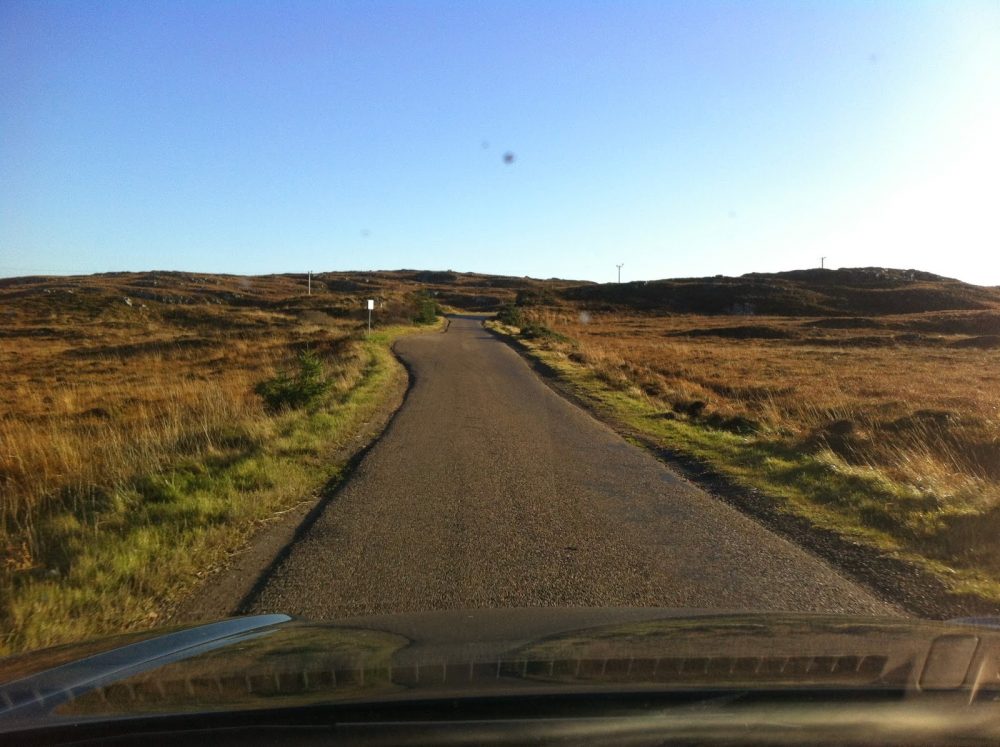
I had my reasons; in search of a series of Around Britain driving programs, I needed to find some suitable accommodation and ideas for this part of the country, and besides, I had taken the road from Ullapool around the northwest cape to Durness once before, and it was truly one of the most spectacular roads it has been my privilege to drive.
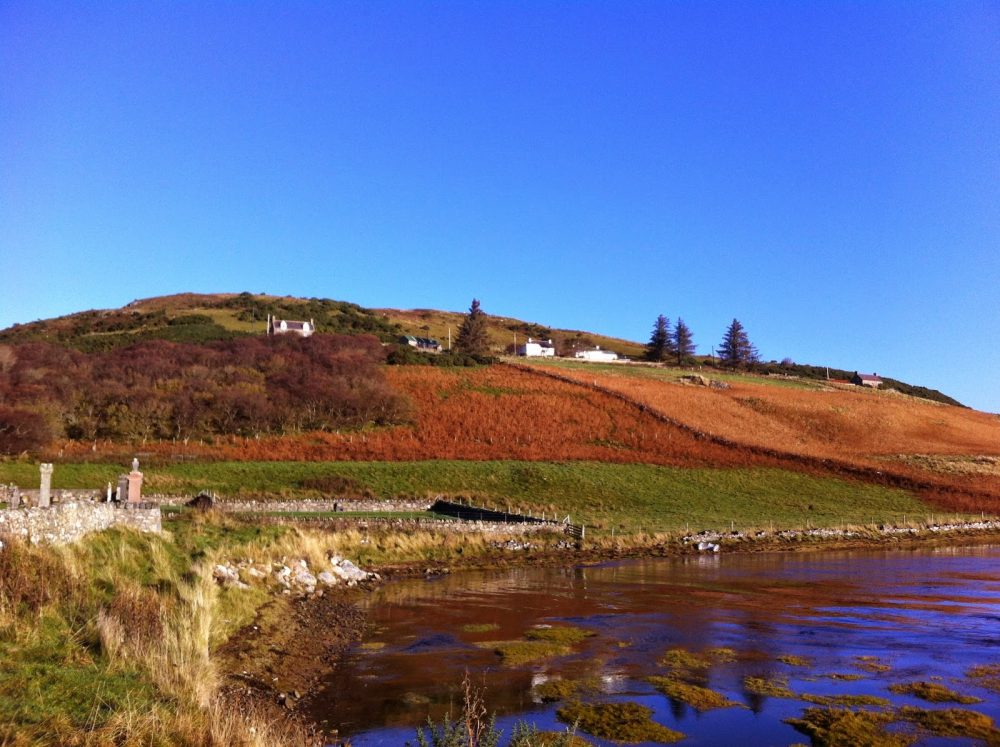
And so, with accommodation (dog-friendly) arranged at the Borgie Lodge, we set out along the shores of Lochs Shin and More heading to the coast. The sun shone, the copper colours of the fading autumn reflecting in the still waters of the lochs were extraordinary. We stopped to gasp and photograph frequently, and by the time that we reached the “Main Road” at Laxford Bridge, we had completely used up our supply of superlatives, and were almost silent as we headed to Kinlochbervie and the quite remarkable Oldshoremore Beach.
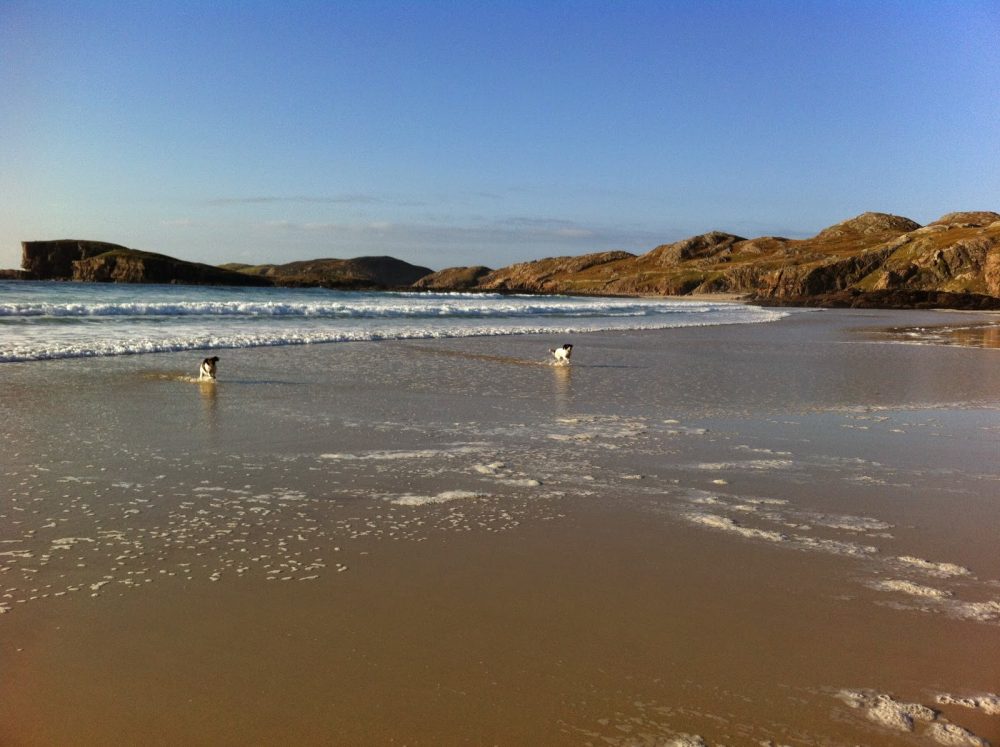
Now I drop these names for a reason or two. Firstly, those of you heading to the northwest of Scotland should add them to your must-see list; it is all too easy to pick communities at random, after all, they all look the same on a map, but the cluster of communities at the Rubha na Leacaig (and no, I have no clue what it means) are absolutely delightful.
The beaches are superb, if a tad chilly, the villages old and secure in the way that communities many hundreds of years can be, and the atmosphere of the coastline epitomises the region.
It is difficult to quite grasp the lifestyle of sea communities in the far north; obviously fishing and beachcombing are their traditions, but living in such distant and climatically challenging villages makes one perceive the world in a quite different way.
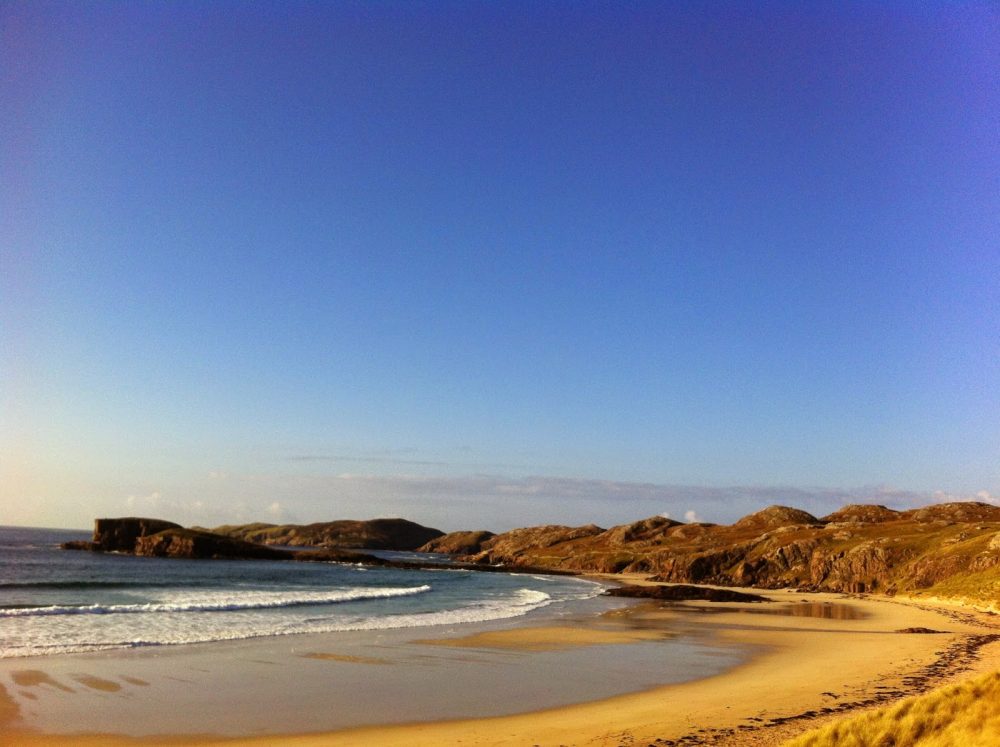
I am a tad envious of this perspective, and realising that I am, growing up in the centre of London, as far from a Gaelic seafarer as one can be, look at their lives through rose-tinted glasses. One forgets the danger of the oceans as romantic ideals of the sea flood though one’s mind, and those gorgeous, white-painted cottages that huddle together in the small villages evoke such images that the thought of their heating bills, and drafty stonework rarely impede.
In truth, the reality of village life in the distant northwest of Scotland is one of community, and while there are many leaving the region for the comforts and work of the cities, there are many migrating the other way in search of a less stressful existence; one can only hope that each find their own peace.
And so, after letting the dogs run and splash on the beach, we continued north along the now single-tracked road to Durness.
Access to Cape Wrath, the most northwesterly point of the UK is by ferry across the Kyle of Durness which operates somewhat eccentrically. In the off-season, which is now, it operates according to the weather, and only by going to the ferry point and reading the instructions can one get an idea of the possibility of sailing. Yesterday, it simply said “No Sailing Today”, so that was that. We returned to Durness for a sandwich and continued along the coast to Tongue.
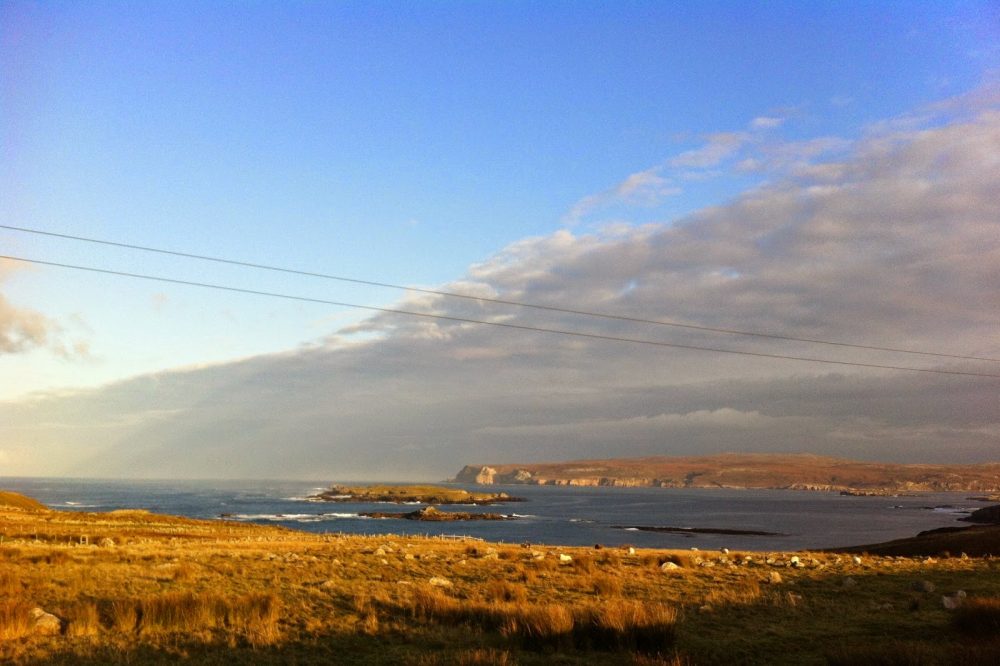
The road is truly extraordinary; one jumps hundreds of millions of years at the turn of Loch Eriboll where we are informed that the lands on either side of this waterway are from different millennia, and one can see a dramatic change in the agriculture and features of the land. As we continued from here, the land became flatter and intermittently there were more cattle grazing, and more frequently huge stags peering at us from their vantage points in the moorlands.
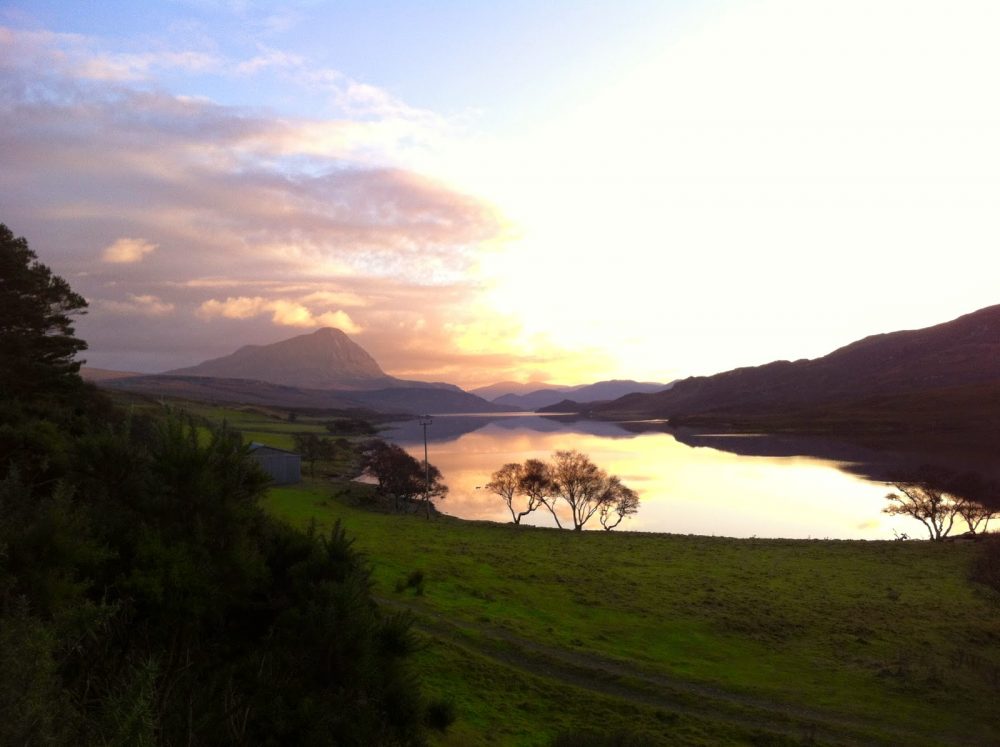
And so we continued until dark, which came at precisely 4.11pm, a touch early, and an impediment to full-on sightseeing, but for us it was ideal, and time to enjoy the hospitality of the Borgie Lodge, our destination for the night.
It was, and probably still is a slightly unusual place; rated with four stars by the Scottish Tourist Board, two stars by the AA, and by us as a mixture of the spectrum of stars that we could imagine. More about The Lodge in due course
|

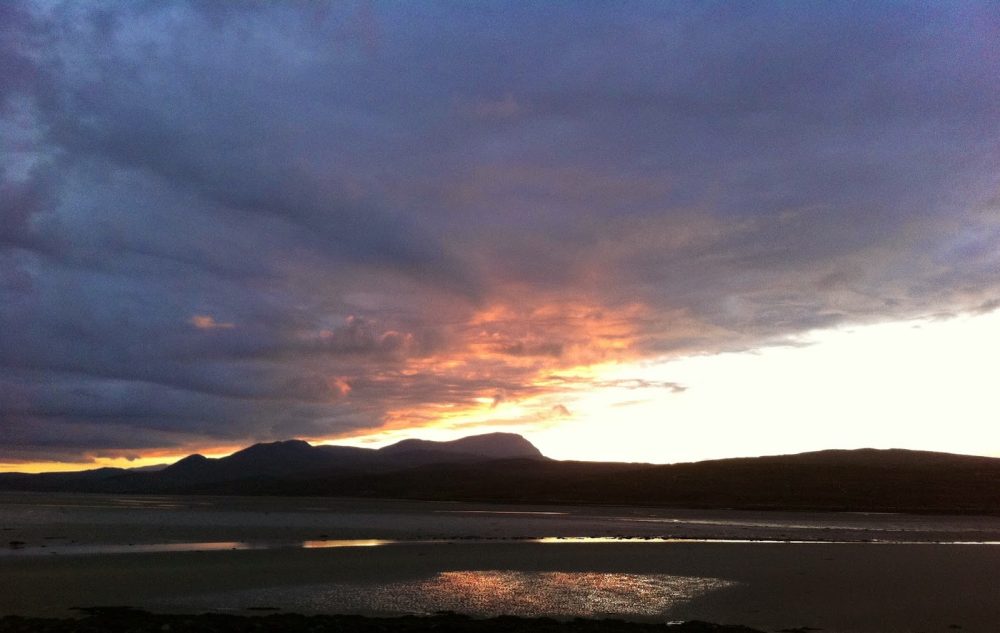 Sunset from the causeway at Tongue
Sunset from the causeway at Tongue